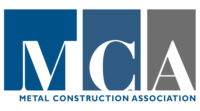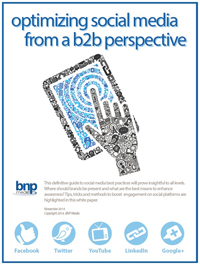MCA Updates White Paper on Fire Safety Issues

The Metal Construction Association (MCA) has updated its white paper, "Choosing Between Fire Retardant and Standard Core Metal Composite Material" and made it available as a free download on their website, metalconstruction.org.
Metal Composite Material (MCM) is defined as two sheets of aluminum sandwiching a solid core of extruded thermoplastic or a liquid plastic core injected in a continuous process with no glues or liquid adhesives between dissimilar materials. The core material must be free of voids and/or air spaces and not contain foamed insulation material. The MCM systems include MCM, joints, attachment system components and other materials appropriate for the design of the project to provide a weather-resistant exterior cladding system.
Metal composite material manufacturers typically provide two types of core products: standard and fire retardant. The Metal Construction Association's MCM Fabricator Council has developed this paper to clarify the allowable uses for standard and fire retardant MCM in accordance with the 2006-2018 editions of the International Building Code.
As a proactive response to the events involving MCM assemblies around the world, the MCM Manufacturer members of MCA submitted a code change proposal to the International Building Code 2018 Code Development - Cycle A. The proposal was developed to simplify the code with respect to the use of MCM assemblies, making it easier for designers and code officials to understand whether Fire Retardant or Standard Core MCM was required for a specific application. It was met with great support and approved by the Fire Safety Committee with no opposition.
"While this proposal must still complete the ICC code change process, MCA wanted to make the design community aware of this potential change in the use of MCM systems which, if approved, would be incorporated into the 2021 IBC," explains MCM Council member Tom Seitz.
Looking for a reprint of this article?
From high-res PDFs to custom plaques, order your copy today!







